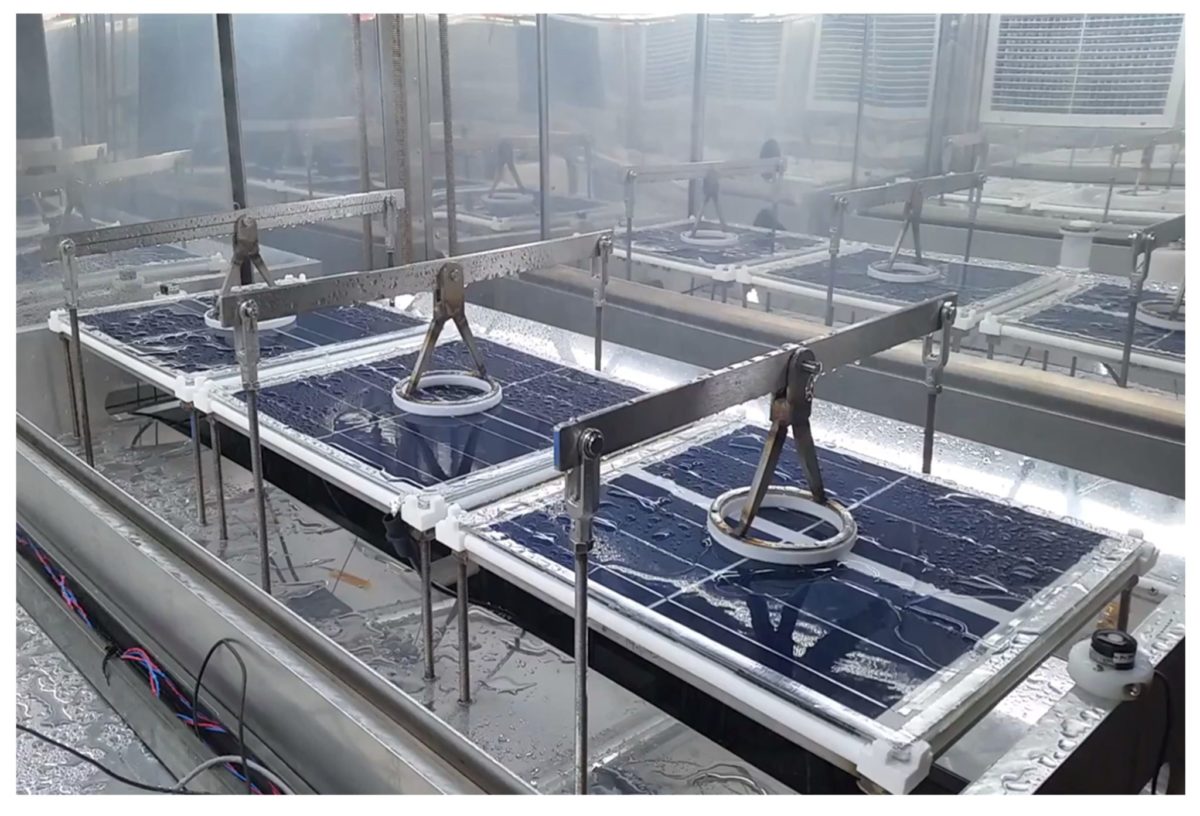
Emerging module interconnect technologies
| Project ID | 6fd36359-c1d5-46fe-be78-df83ce52ee0f |
|---|
Rapid reliability prediction of emerging module interconnect technologies with combined-accelerated stress testing
DuraMAT 2.0 Project
Disruptive Acceleration Science
Category: Accelerated Testing
Recipient NREL (PI: Hacke, Peter)
Subs SNL
Status In Progress
Abstract This project is to evaluate strengths and weaknesses of novel interconnect designs used for interconnection of modern Si solar cells. Existing degradation rate models are based largely on legacy module technologies, i.e., Pb/Sn solder. The industry is instead presently employing more efficient bifacial cells with finer grid fingers, increased number of bus bars, reduced bond pad dimensions and number of solder bond points, alternative lead-free solder alloys, thinner Si cells, reduced maximum temperature, narrower tabbing of different cross-sectional geometries, more complex cell passivation layers, and thinner glass. The capability of combined-accelerated stress testing (C-AST) to screen multiple climates is suitable for rapidly evaluating the reliability risks of these new technologies. Incorporating finite element analysis (FEA) and failure analysis (FA), this work will examine the potential for a 50-year module lifetime using low temperature solders that do not form significant intermetallic with screen printed Ag grid fingers, relative to those with conventional tabs (e.g., 5 ribbon or multi busbar) with Pb/Sn solder using modern half-cut bifacial cell designs in glass/backsheet and glass/glass modules.
